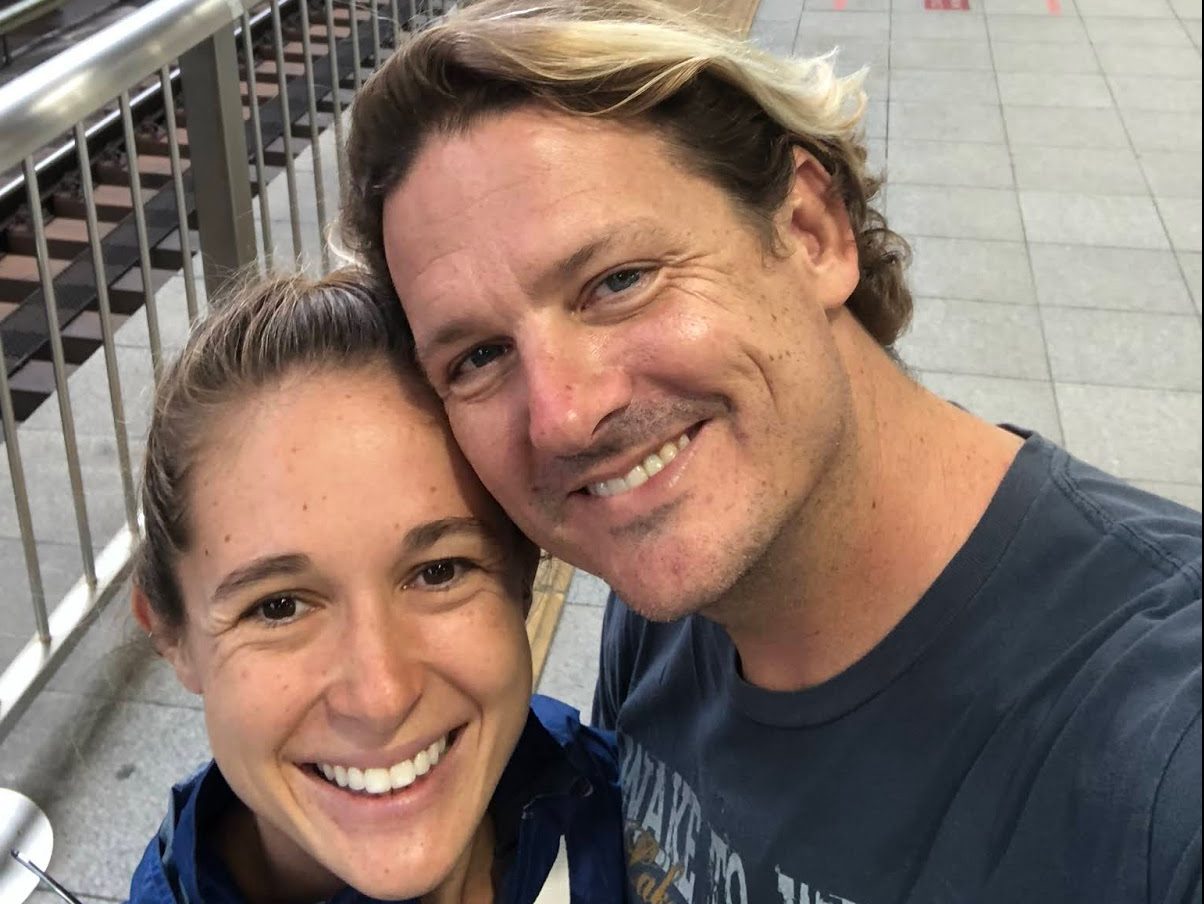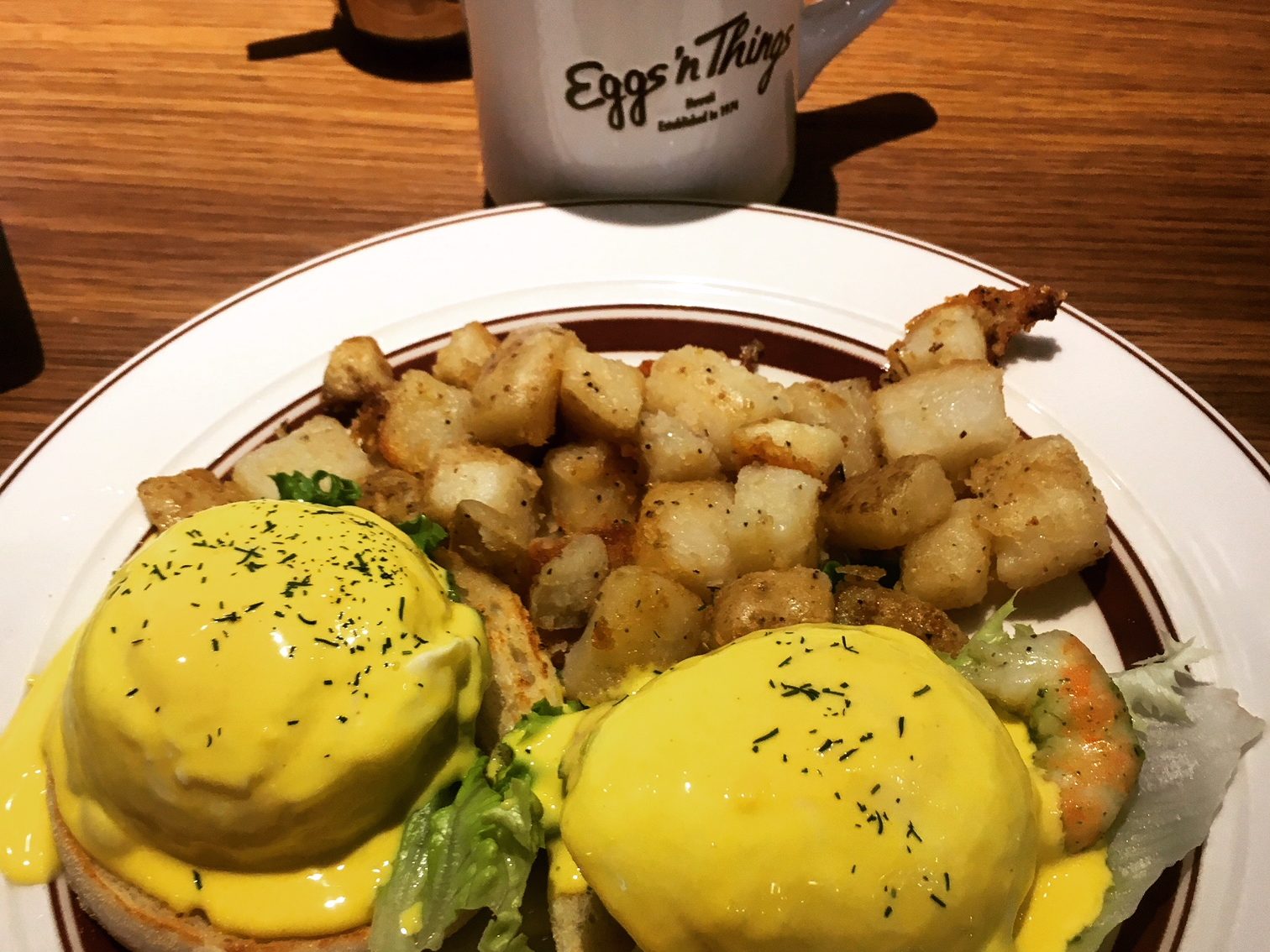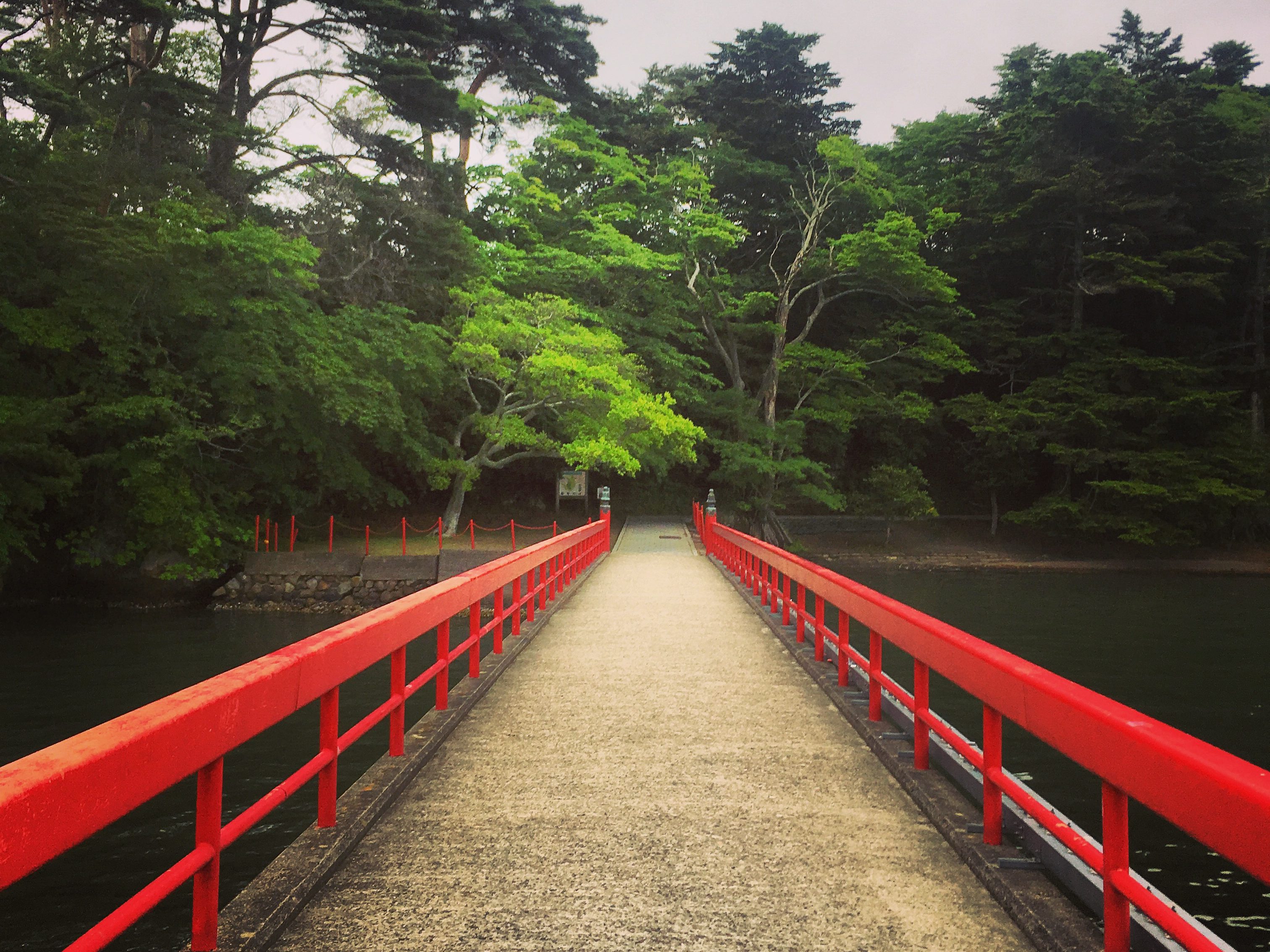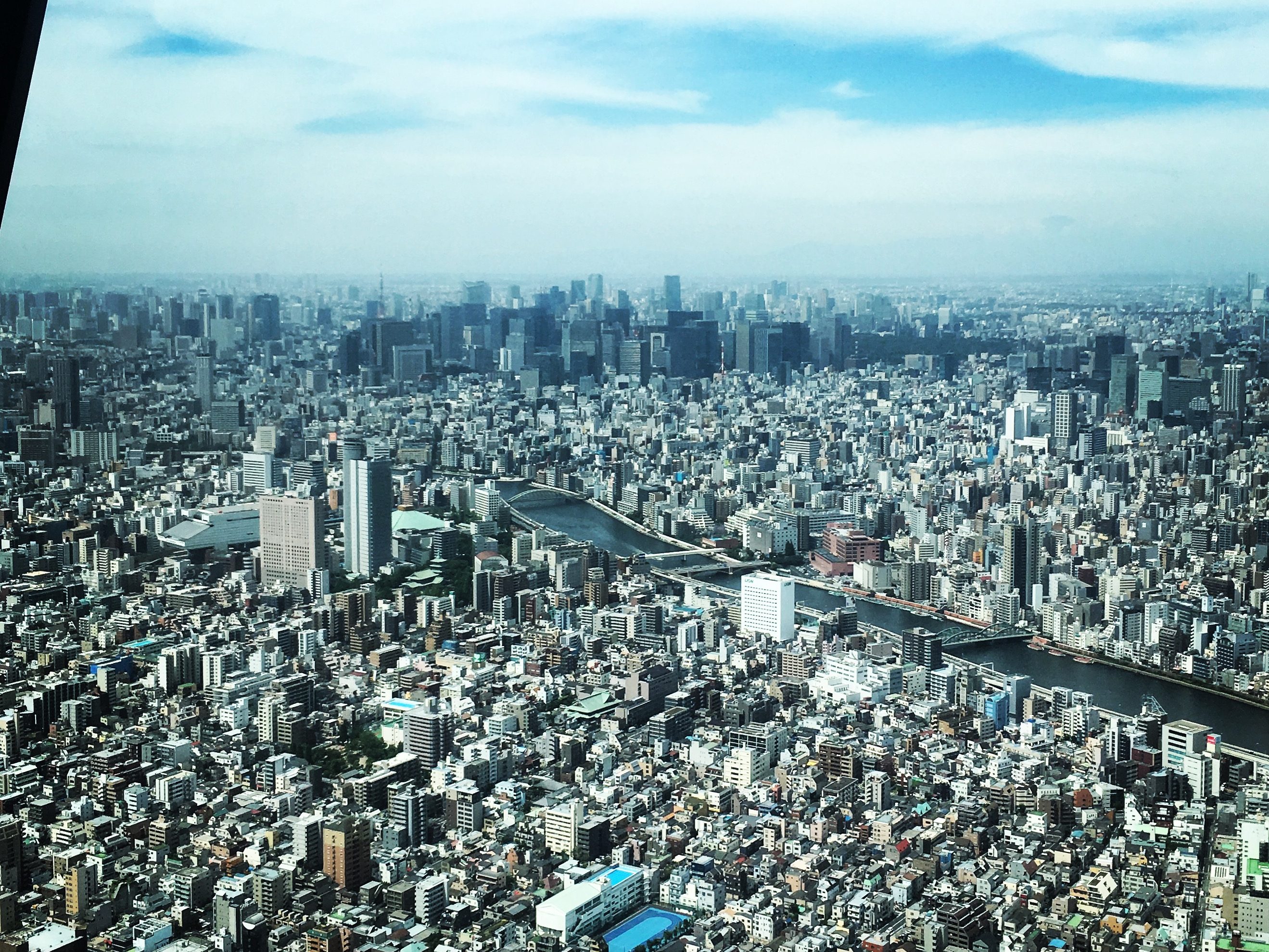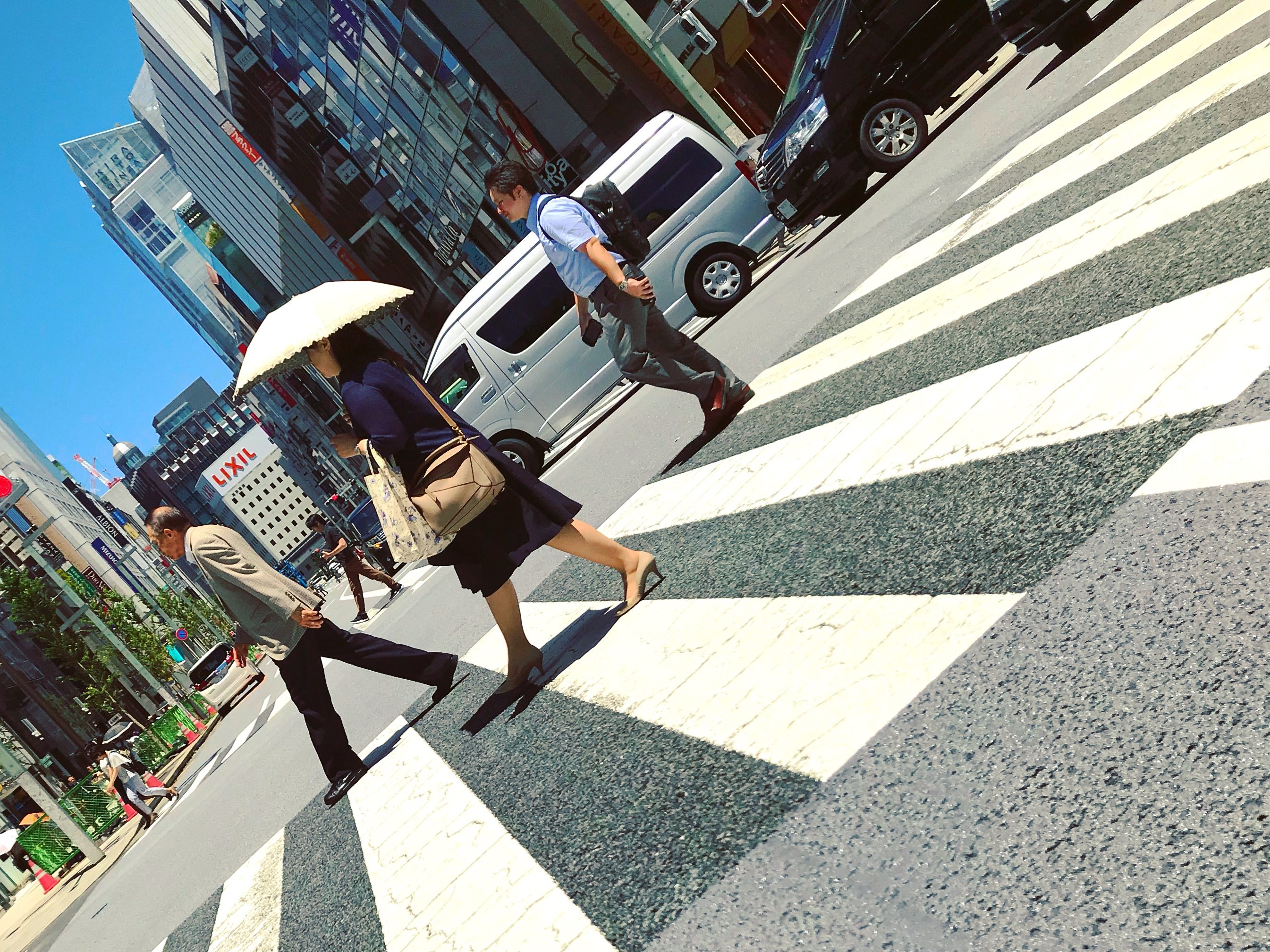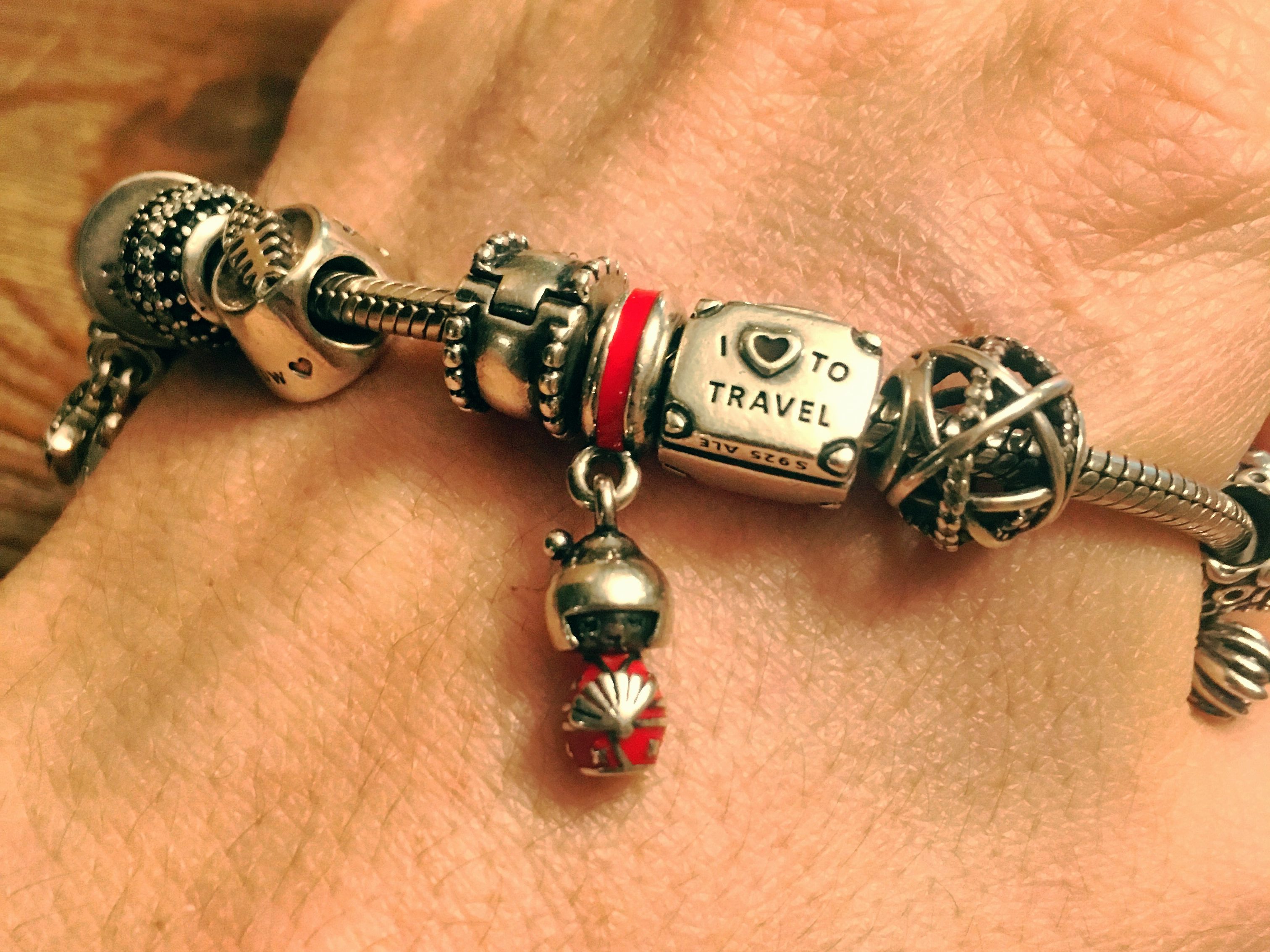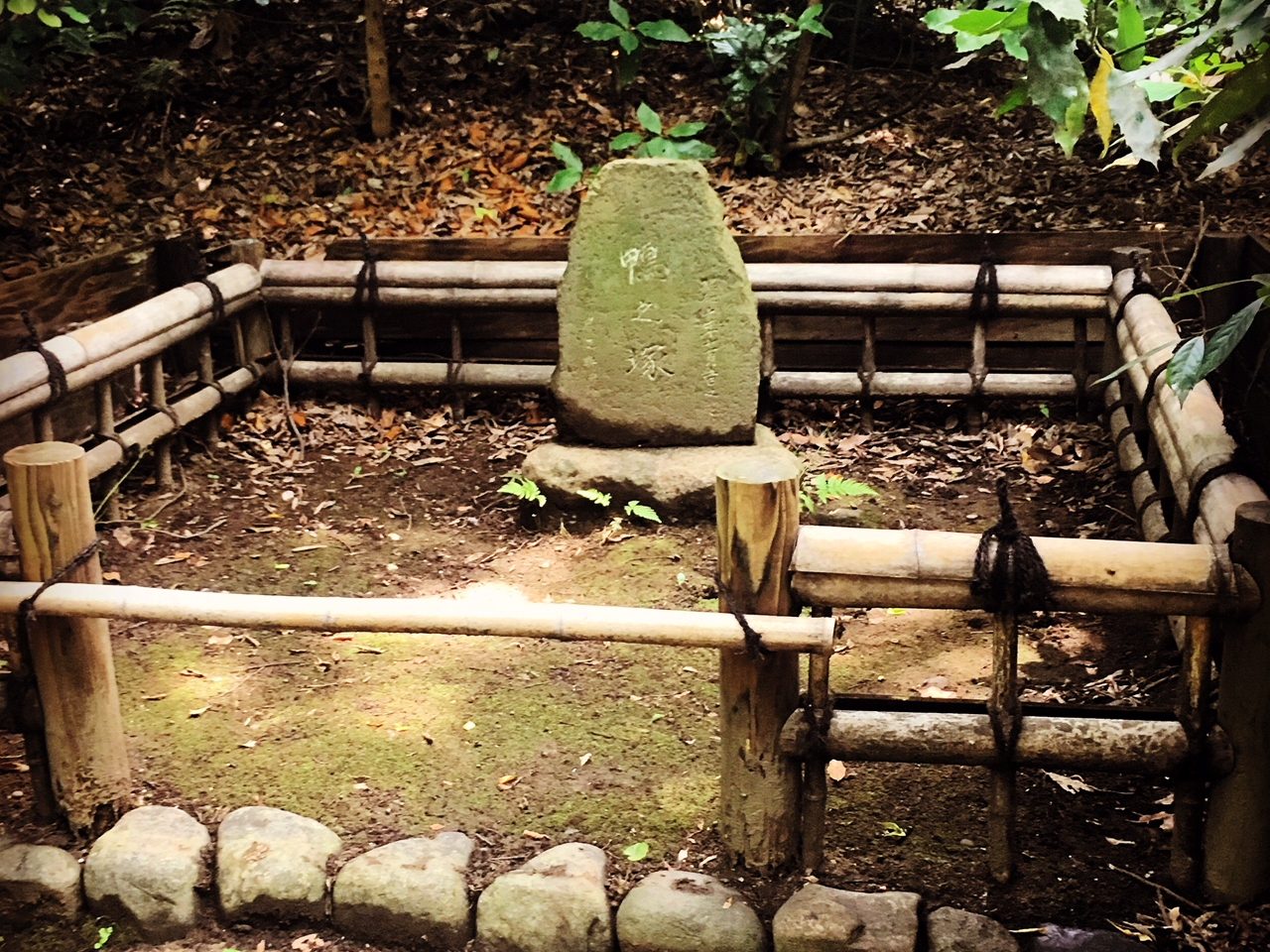
Japan Day 2 – Ginza, Tokyo
I am nearly certain that there is no such thing as sleeping in on your first day in Japan. For one there’s the jet lag. But there’s also the fact that you are in the land of the rising sun. That’s not just some catchy name. The sun rises at 4:20 in the morning in the summertime in Japan. Since we were on the 12th floor, we found it unnecessary to close the drapes the night before, instead enjoying the small view of the city. That was a mistake. We both woke up happily, seeing the daylight and knowing we had slept until a decent hour, and then saw the time in horror. In what kind of place is it broad daylight at 4:30 in the morning?
We caught up on some episodes of the Big Bang Theory on the iPad, and then at a more respectable hour, around 6, we made coffee. Fletch and I both like to start our mornings with coffee. It’s a nice wake-up ritual. Luckily the hotel had presented us with a basket of assorted teas and coffees to choose from when we checked in. Upon examining the little packet though, Fletch announced that it was actual ground coffee beans, and alas, we had no coffee maker in the room. That couldn’t be right, Japan doesn’t usually leave much to be desired when it comes to amenities, save for space maybe. We examined the packet more closely and here it was a little tea-bag-type contraption with cardboard props on either side to prop it over a coffee mug and make drip coffee. Ingenious! And it was quite good too. Why is it that a tea drinking country thought of this before we did?
If you could imagine Diagon Alley, set in Japan instead of England, and selling seafood instead of school supplies, That would be Tsukiji’s Outer Market. Quaint little storefronts are crowded together on numerous narrow alleys, while throngs of people bustle around, so that you really have to plan your move from one spot to the next, or risk getting carried away by the crowds. I know most people cringe at the smell of fish, but the fish is so fresh that there is hardly any smell, and the amazing scents of dishes wafting from some of the world’s best seafood restaurants cover what little smell there may be. We made it down maybe half an alley before stopping for grilled scallops, grilled squid, and some sort of sweet but gooey corn cake things. The next alley brought us to grilled scallops again, but this time covered in a warm dollop of uni or sea urchin. They say uni is an acquired taste and they are correct. I have sadly not acquired the taste yet, but still appreciated how fresh it was. We found more grilled skewers, but these were much less expensive, 200 yen apiece. We went for more squid, eel, and yellowtail. Fish never tasted so good for breakfast. The next thing we put in our mouths was a free sample of something or other. We were trying to find a corner to huddle in to stop and eat our skewers. In Japan it is considered sloppy to eat on the go, so everyone always stops to enjoy what they are eating. There was hardly a place to stand, let alone sit, and still not offend anyone’s storefront whom we hadn’t purchased from. Finally we found a little corner to duck in and a little Japanese man not an arm’s reach away, offered us some minced meat on a tray with a toothpick. I made out the word maguro which is tuna. We each tried a bite and it just melted in our mouths in sweet, peppery goodness. We wanted to go order some in the shop he was pointing to down the way, but had no idea what to ask for.
Down the next alley we found bowls of chunked raw tuna with fresh wasabi. I learned not to long ago that the majority of wasabi in sushi restaurants isn’t actually wasabi, but a mixture of horseradish, mustard, and green food coloring. Real wasabi loses its flavor about 15 minutes after being grated, which makes the fake stuff a lot more convenient, even in Japan where wasabi comes from. The real stuff has a more herbaly flavor, and watery texture. The tuna was divine. The whole bowl was divine. We finished up breakfast and cleansed our palates with some matcha ice cream, then walked across the street to a coffee shop for cappuccinos and a look at the guide book to see what we might want to do next. I hadn’t planned anything for the day just incase we were too exhausted from traveling.
We decided to take a stroll through the Hamarikyu Gardens. It’s amazing how in Japan, you can be in a bustling city one moment, and then cross a street into a serene park area with beautiful landscaping. We saw a 300-year old pine tree that probably should have fallen over a long time ago, but every branch was being supported by bamboo posts. There were also multiple tea houses in the middle of the lakes, but we were pleasantly full and happy to just enjoy the scenery.
| 300-Year-Old Pine Tree |
| Tea House on a Lake, Hamarikyu Gardens |
Apparently the Japanese people felt some remorse for all the fallen ducks in the years following the Edo period duck hunting, so there was also a spot in the park with a nice little memorial dedicated to all the fallen ducks who had lost their lives.
| A memorial to all the fallen ducks of Hamarikyu Gardens. |
Kabuki is traditional Japanese theater. It involves lots of makeup and elaborate costumes. The three kanji that make up the word kabuki mean ‘sing,’ ‘dance,’ and ‘skill.’
Do I dare say we ate a sandwich before the performance? I don’t want to disrespect traditional Japanese culture, but the sandwich seemed important.
The vibe inside the theater was not what I had envisioned. People were wearing everything from their casual day off clothes, to school uniforms, to their fancy dress clothes and traditional yukatas. On top of that, the full 5-hour attendees were all in the midst of devouring bento boxes which looked as though they had been provided with the tickets. I suppose if you’re going to sit for 5 hours, a meal should be included. I love how lax Japanese people are with food. They eat on the trains, and in traditional kabuki theaters. I’ve yet to see a ‘no food allowed’ sign. Just don’t bring outside food into a different restaurant or eat on the go.
| Inside Kabukiza |
We sat in the last row next to the wall, which I ended up being very grateful for by the end of the act. The performance began with narration and several beautifully painted scenes being raised one after the other on stage. One was a mural of a lake with many different kinds of birds and, you guessed it, ducks. Today was apparently going to be a duck day.
The final scene lifted, and seated against the far back corner of the stage, were seven men in green robes. Three started playing traditional guitar-type instruments. The sound transported us back to Edo-era Tokyo. Then the other four men started singing. Or more like wailing. Ok let’s just be honest here, they sounded like Tarzan. Again, I don’t want to disrespect traditional art forms, but the sandwich was making it hard to keep my cool while everyone listened so intently to the wailing.
The costumes and the dancing were a lot of fun and very mesmerizing. We had rented a little translator device that would display all the lines in English for us. The translations made it even harder to keep a straight face. All of the lyrics and narrations were obviously very poetic, but poems rely heavily on metaphors, and when you translate metaphors between two languages as different from each other as Japanese and English, there is a lot of unnecessarily funny comedy as a result. I wish I had a copy of the transcript, but the story was about a man being pursued by ugly women who smelled like onions, and he would compare their love to the yowling of cats. Or maybe he was admitting that the background music sounded like yowling cats. Regardless, I was very grateful for our back corner seats because I clearly lacked the proper appreciation for this “UNESCO Intangible Cultural Heritage of Humanity.”
I couldn’t help but breathe a sigh of relief when the act was over. Tears were pouring down my face from trying so hard to stifle the giggles. I wouldn’t trade that experience for anything, but would have just as happily watch from an isolated, sound-proofed room.
On our way back to the hotel, we stopped at a convenience store to pick up a few drinks to enjoy that evening. There is an alcoholic beverage here that Kirin makes called hyouketsu, which is vodka and fruit flavored carbonated water. They come in every flavor imaginable and are quite drinkable. I recognized the label from ten years ago and pointed out that they were worth getting. New in the past ten years though is the “zero” version. I didn’t notice the big “zero” printed on each can, and when we got back to the hotel and toasted with a Japanese kampai!, we both practically spat out the beverages. Cough syrup would have been more palatable. I know artificial sweetener nonsense has been around for ages in the US, but when did people decide that chemicals were preferable to calories?
We laid down for a quick nap around 4 in the afternoon and neither of us woke up again until the following morning.


